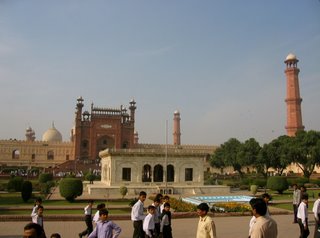
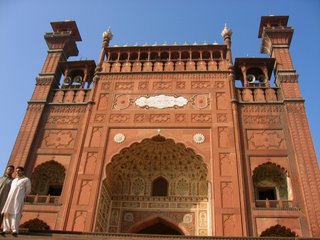
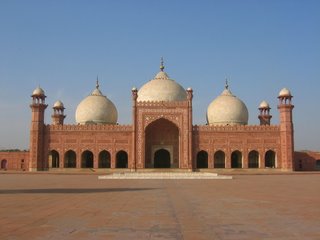
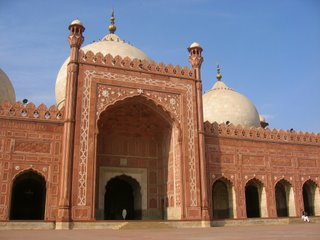
The structure has several large towers and domes.
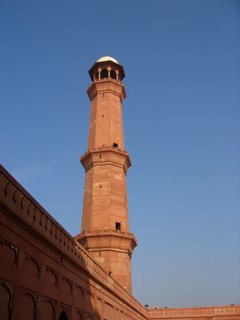
The domes each have a symbol of three religions: the top spire represents Hinduism, the inverted lotus is a sign of Buddhism, and the main dome stands for Muslims.
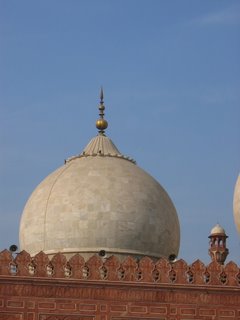
The courtyard is huge and supposedly holds about 100,000 people - which begs the question - if the Badshahi Mosque ever gets to maximum capacity - and if everyone who enters here has to remove their footwear - how do they organize 200,000 shoes when this place empties?


The interior of the Mosque is more classic Mughal handywork and design. It's nice, but not as ornate as other places of worship (like Thai wats or Catholic churches for instance).

The floor tiles are all individual prayer boxes, so that worshippers have their own space. This is also typical of Muslim mosques.

Outside the Mosque is the Tomb of Allam Mohammed Iqubal - a 20th Century poet and one of the great thinkers in Pakistan's history. He is widely credited with proposing the idea of an independent Pakistan.
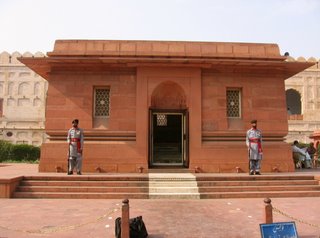
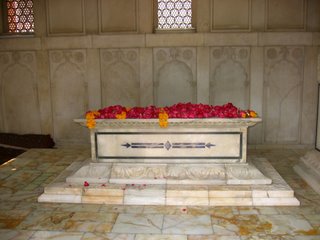
Because of its history and religious significance, I found the Badshahi Mosque to be an essential part of any Lahore sight-seeing trip. I went there in the morning, so the place wasn't that crowded, but I imagine that during the main prayer times in the afternoon, it could be a pretty busy place.
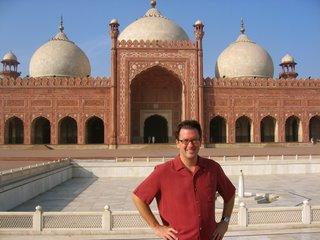

No comments:
Post a Comment